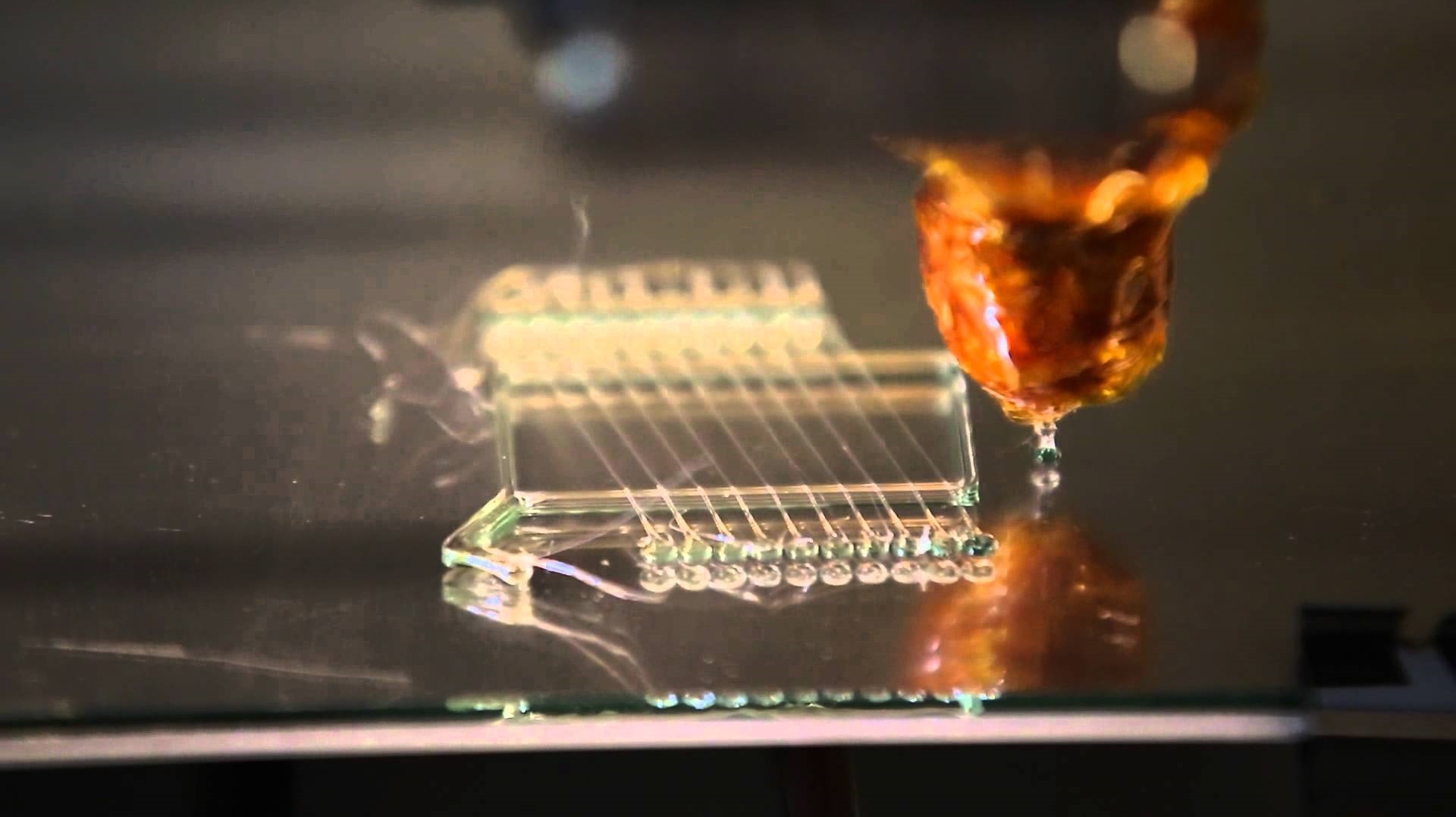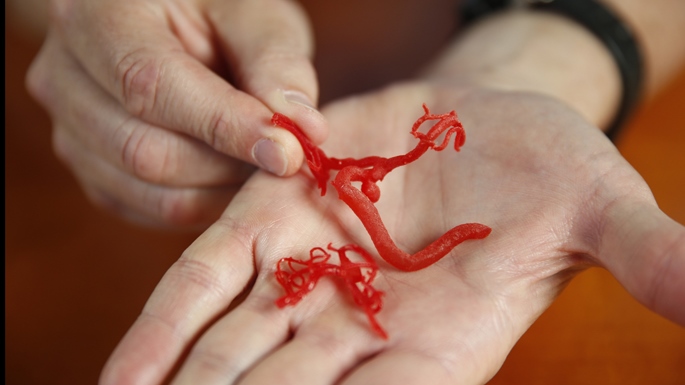
As bizarre as it might sound, recreating blood vessels is nothing new. The real challenge has been using 3D printers to build ones that actually work. No really - it's been something of a mental block for scientists for a while, but a new technique that fuses traditional printing methods with a substance called 'bio ink' has enabled a new team to create vessels that act just like the real thing.
The human cardiovascular system is hardly the easiest part of human biology to replicate - a system comprising of tens of thousands of miles of capillaries, arteries and veins that reach across the whole of the body. So in order to mimic the natural distribution of blood and nutrients, a research team based at Lawrence Livermore National Laboratory in California have used bio ink (made of materials compatible with the human body) with living cells to create fully-functioning cardiovascular pathways.

More staggering is the fact that these vessels also rebuild and duplicate themselves, just like they do inside the body. “It's going to change the way we do biology,” comments Lab research engineer Monica Moya, the project's principal investigator. “This technology can take biology from the traditional petri dish to a 3D physiologically relevant tissue patch with functional vasculature.”
Via: Lawrence Livermore National Laboratory
Why not check out: Nanoparticle tech could lead to paper-thin circuitry
Sign up to the T3 newsletter for smarter living straight to your inbox
Get all the latest news, reviews, deals and buying guides on gorgeous tech, home and active products from the T3 experts
Dom Reseigh-Lincoln has been writing for T3 for over half a decade now, covering everything from mobile phones and laptops right through to video games and gaming peripherals. Purveyor of an excellent beard, as well as some perpetually cheeky offspring, Dom likes to wind down in his spare time by listening to heavy metal.

